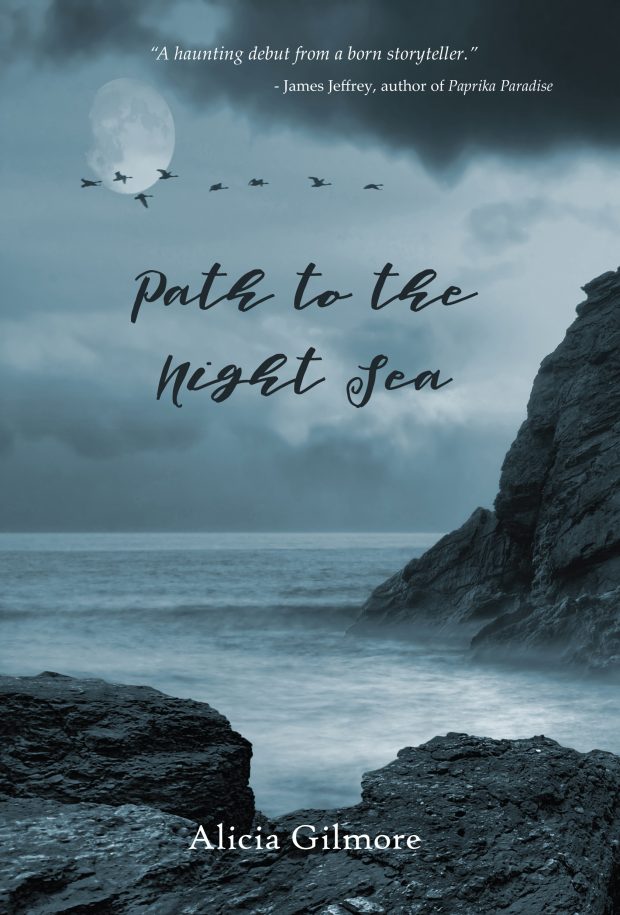Alicia Gilmore’s Path to the Night Sea
Alicia Gilmore’s debut novel has been on store shelves for over a month now. Today, she discusses the process of working with Southerly’s own David Brooks . . .
* * * * * *
Path to the Night Sea started as a short story in a fiction class with the author, Sue Woolfe. Sue had given the class a selection of photographs and objects to spark our creativity and give us a physical stimulus to write a short fragment. I remember a small glass perfume bottle and a photograph caught my attention. The photo featured a woman in profile, seated at a piano, her hands poised to strike the keys. There was a cat sitting on top of the piano, and I wondered if these were the two most important things in her life – music and her pet. I started to write about this woman who would sit and play, not looking out of the curtained window, but kept her gaze indoors, on that cat. Her face in profile, her ‘good side’… The perfume bottle that perhaps had belonged to a woman who would never get old. A bottle that held scented memories… Ideas and elements came together and what is now a lot of the opening chapter in the novel formed the original short story. Sue read the story, said I had written the start of a wonderful novel, and she had to know what happened to Ellie. I realised I wanted to know too.
I continued working on the novel with David Brooks as my supervisor as I undertook a Master of Letters. David offered guidance, encouragement, offering suggestions on everything from chronology issues to authors and novels I could read, such as Elizabeth Jolley’s The Well, to capture that sense of foreboding within a very Australian landscape. His advice to “just keep writing” seemed artlessly practical in my naivety, but was eminently valuable. The story was in there, I needed to find it and learn how to give a voice to my characters.
I had thought of letting the novel go one morning years ago when I woke up and heard the news about Elizabeth Fritzl held captive for 24 years by her father. In my drowsy state listening to the radio, the reality of her situation came crashing in and I wanted to put my humble writings aside. What was fictional pain in the face of such devastating reality? Even last month, news emerged of the thirteen Turpin children trapped at home by their parents, the neighbours unaware. Events like these are not fiction. Path to the Night Sea is my way of using language to explore family dysfunction and abuse, small town horror, and ultimately, hope.
